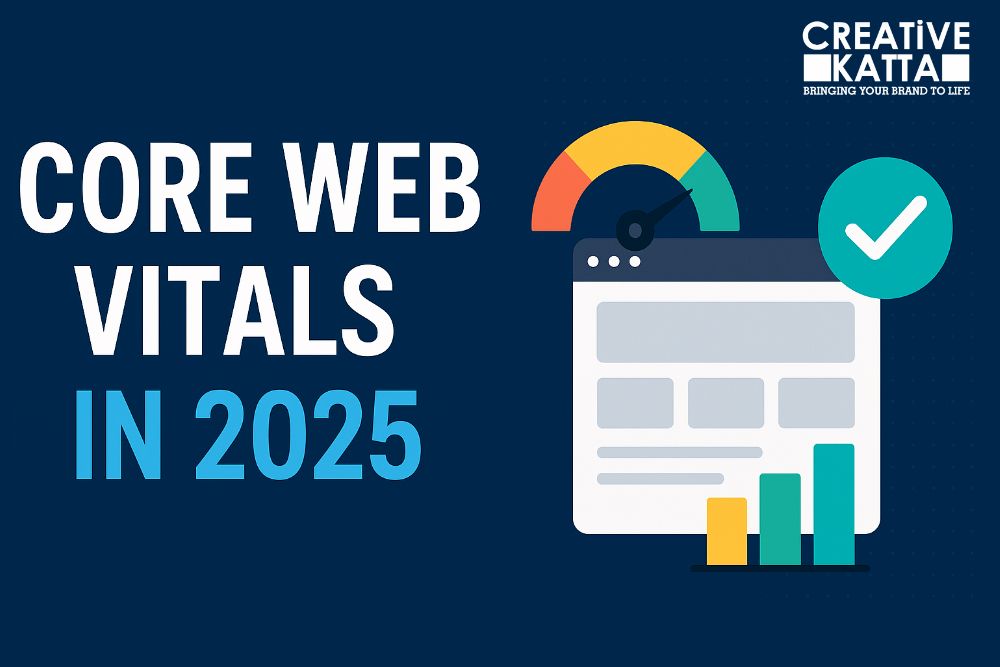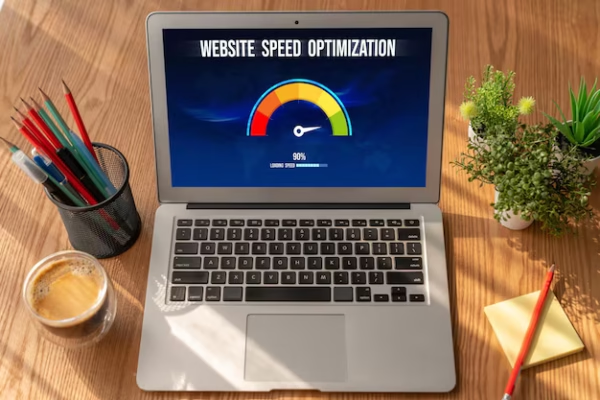Core Web Vitals in 2025: What Changed and What Still Matters
Google’s Core Web Vitals have become one of the most important ranking factors in SEO, shaping how websites deliver user experiences. In 2025, these metrics are more than just technical checkboxes — they are signals of trust, usability, and overall content quality. If you’re aiming to grow your digital presence, you cannot afford to ignore them.
What Are Core Web Vitals?
Core Web Vitals are a set of performance metrics Google uses to measure page experience. They currently focus on three main aspects:
- Largest Contentful Paint (LCP): How quickly your main content loads.
- Interaction to Next Paint (INP): How responsive your site feels when users interact.
- Cumulative Layout Shift (CLS): How stable your design is while loading.
In 2025, First Input Delay (FID) will have been fully replaced by INP, reflecting Google’s shift to measuring real-world interactivity.
What Changed in 2025?
1. INP Replaces FID
Google retired FID and made INP the primary metric for interactivity. This change ensures websites focus on real responsiveness rather than just the first click.
2. More Weight on Mobile Page Experience
With mobile-first indexing now fully dominant, Google’s algorithm gives greater ranking importance to mobile Core Web Vitals scores. A fast desktop site isn’t enough — you must optimize for smartphones.
3. AI-Powered Page Insights
Google Search Console now uses AI-based recommendations for Core Web Vitals, offering personalized fixes. This makes optimization more actionable for businesses without deep technical expertise.
4. Core Web Vitals + E-E-A-T Connection
While Core Web Vitals measure performance, Google now considers them as supporting signals of trustworthiness. A slow, unstable site can undermine credibility even if your content is high quality.
What Still Matters?
- Speed = Visibility: A faster website leads to better rankings and lower bounce rates.
- Stability = User Trust: Preventing layout shifts ensures a smoother browsing experience.
- Responsiveness = Conversions: A site that reacts instantly to user input keeps visitors engaged.
- Mobile Optimization = Growth: Most traffic now comes from mobile, making mobile-first Core Web Vitals essential.
- Continuous Monitoring: Google updates thresholds regularly — optimisation is an ongoing process, not a one-time fix.
Why Businesses Should Care
In 2025, Core Web Vitals will be directly tied to SEO performance, user satisfaction, and conversion rates. A well-optimised site isn’t just about ranking higher — it’s about creating a frictionless journey for your audience.
Brands that prioritise Core Web Vitals see:
- Increased organic traffic
- Higher dwell time and engagement
- Improved conversions and sales
- Stronger trust signals for Google’s E-E-A-T framework
How to Improve Your Core Web Vitals in 2025
- Use next-gen image formats (WebP, AVIF) to speed up LCP.
- Minimise JavaScript and leverage server-side rendering (SSR) for faster INP.
- Implement lazy loading for images and videos.
- Choose fast, reliable hosting to reduce load time.
- Run regular audits with PageSpeed Insights and Lighthouse.
In 2025, Core Web Vitals will remain a cornerstone of SEO strategy. While metrics have evolved, the essence is clear — a fast, responsive, and stable website wins. Google wants businesses to focus on user-first experiences, not just keyword stuffing.
If your website isn’t meeting these standards, it’s time to take action now.
Ready to Optimise Your Website?
At CreativeKatta, we specialise in website development and SEO solutions that meet the latest Google standards. From improving Core Web Vitals to enhancing your brand visibility, we help your business grow online.
Let’s make your website faster, smarter, and SEO-ready. Contact CreativeKatta today and get started!






